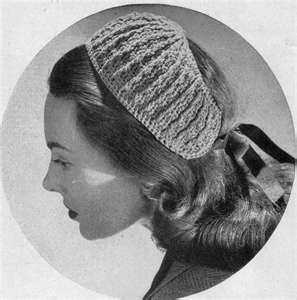Lipstick history can be dated all the way to prehistory with numerous cultures using it. The ancient Egyptians and Babylonians are some of the many ancient civilizations that have used lipstick to color their lips, often red or purple. Queen Elizabeth I made famous the pale facial complex with contrasting red lips back in her time. Flushed, colored lips signify attraction and a 1770 law had been passed in England that forbade women from wearing lipstick. She was not only accused of being a harlot, but witchery through seducing men with makeup. Such a law was eventually lifted, but the Victorian era witnessed the frowning upon any woman who colored her lips in a lavish color or wore heavy makeup.
Lipstick in history has been popular until the early and middle nineteenth century when lipstick was viewed as for harlots. It wasn’t until the late nineteenth century when women started wearing lipstick in public thanks to famous actresses and dancers. Towards the early twentieth century, lipstick became mass produced, but was not yet contained in tubing like it is today. In lipstick history, lipstick itself was placed in wrapping that was to be applied at home by a paint brush. Women have contributed greatly to lipstick history since knowledge of making lipstick required skills in chemistry. Many women used their knowledge in chemistry to create the best brands of lipstick after the forties and onward. Lipstick history had been controversial over time, but since World War Two, women had come to wear makeup as a necessary accessory to complete their look.












































